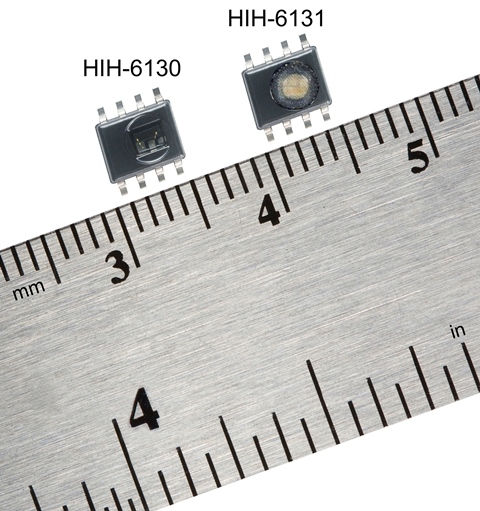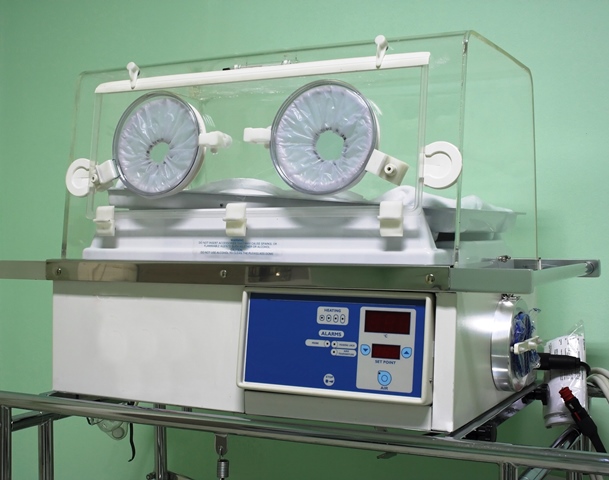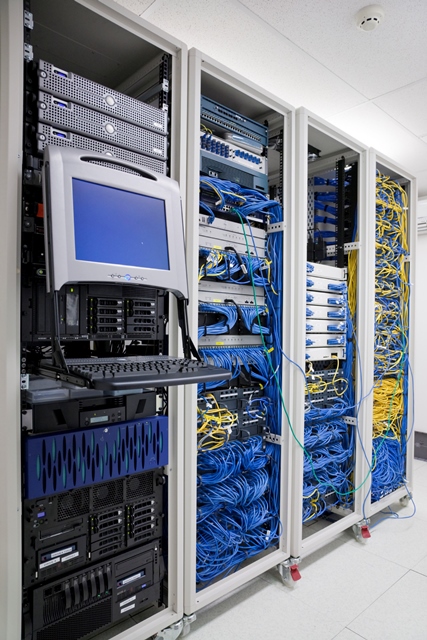Sensors that perform multiple functions -pressure sensors that provide a temperature output, for instance, or sensors monitoring both temperature and relative humidity (RH) -offer designers working in numerous industries many advantages. Medical device designers trying to reduce device sizes to enhance portability, for example, appreciate the board-space-saving benefit, while designers of HVAC equipment enjoy the increased reliability derived from fewer external interconnects — potential sources of compromise — in the equipment.
Most designers like the idea that one sensor instead of two means less testing and calibration of their products. But it is the application that will determine whether a combination sensor provides advantages over two individual sensors. When deciding if a combination sensor is right for an application, designers need to consider:
- Board size and available space
- Accuracy and reliability
- Total design, production, and maintenance cost
Board size and available space
Perhaps the most obvious advantage of choosing a combination sensor instead of two individual sensors is the increased functionality in a package the size of an individual sensor. If the board space is limited, accommodating two outputs into one SOIC-8 SMD package — as is the case with Honeywell HumidIcon series of digital humidity/temperature sensors (see Fig. 1 ) — is a significant advantage. Another package, at least the size of an S0T23, would need to be added if a designer wanted to measure temperature or RH externally.

Fig. 1: With a footprint of only 4.9 x 6.0 mm (including leads) the Honeywell HumidIcon combination sensor requires very little board space .
Further space and weight savings can be realized by using fully calibrated, temperature compensated, and amplified sensors, which reduces the number of components needed for signal conditioning on the PCB. And using a sensor with a digital interface lets the designer also eliminate external resistors, capacitors, amplifiers, and A/D converters from the board. The digital interface delivers a direct signal path from the sensor to the microprocessor, resulting in an additional board space-saving option and fewer problems that could occur from having multiple signal conditioning components across the PCB.
Not all applications are suited to a combination sensor, however. In the case of multifunction temperature and RH sensors, the humidity sensor may not be at the same process temperature as the temperature sensor, or the temperature measurement may be some distance away from where the humidity sensor needs to sit on the board. In both these situations, two individual sensors would be necessary.
Accuracy and reliability
Combination sensors provide improved reliability over multiple individual sensors because they have fewer parts to break and fewer connection points. This can be extremely important in some applications (see Fig. 2 ). Any time another component is added to the board, the number of external interconnects increases as do the sources for potential signaling failures, thereby compromising the overall reliability of the system. Similarly, as mentioned previously, a digital interface option also reduces the number of components on the board and the connection points where errant signaling may occur.

Fig. 2: Multiple output sensors may be used to provide optimal temperature and RH levels to support critical processes, enhancing process efficiency with desired climate conditions, as is the case for medical incubators. The same type of performance is often required for critical scientific experiments.
A true gauge of a sensor's reliability is the Total Error Band (TEB), which, in addition to accuracy, considers all of the factors that determine a sensor's reliability. The lower the TEB, the better the sensor is at eliminating the need for individual sensor testing and calibration, supporting system accuracy, helping optimize system uptime, and providing excellent sensor interchangeability. In the case of Honeywell's HumidIcon, the sensors have a TEB of ±5 %RH and an accuracy specification of ±4 %RH. The slightly higher TEB reflects the consideration of factors beyond accuracy.
Mean-time-to-failure (MTTF) reports can also be a resource for determining a sensor's reliability. Because quality, reliability, and accuracy vary from one sensor to another, it's important that designers evaluate performance specifications, quality, and the manufacturer's reputation when selecting a combination sensor.
For applications requiring the highest degree of precision, two sensors may be necessary if a combination sensor cannot meet the overall accuracy tolerance of the application. Single-function RH sensors typically have accuracy specifications of ±3 %RH to ±3.5 %RH. And for utmost reliability, sensor redundancy may be needed.
Total design, production, and maintenance cost
In many cases, using integrated sensors can provide actual cost savings as well as realized cost savings over multiple individual sensors.
Actual cost savings will depend on the sensors, their function and their I/O (input/output) mode. In the case of a combined humidity and temperature sensor, the sensor allows the relative humidity (RH) measurement to be temperature-compensated and provides a second, standalone temperature output, which provides the user with two outputs from a single sensor. This may result in cost savings if the integrated sensor is replacing two digital I/O sensors.
Realized cost savings of combination sensors may be more substantial than actual dollars saved. The time saved on researching, purchasing, placing on the board and testing multiple sensors, perhaps from different manufacturers, leads to increased productivity and throughput. Without the need to compensate and calibrate, designers can generally forego the required capital-intensive testing process, ultimately leading to abbreviated manufacturing cycle times. The productivity and throughput advantages also carry forward to installed applications because a single sensor has fewer interconnect points, which are sources of potential malfunction. Having a single sensor to replace also reduces inventory for maintenance, and system downtime (see Fig. 3 ).

Fig. 3: Precision RH and temperature sensors in the telecom cabinet HVAC system help maintain proper temperature and humidity levels in the cabinet, providing maximum system uptime and performance.
Advertisement
Learn more about Honeywell Sensing and Productivity Solutions





